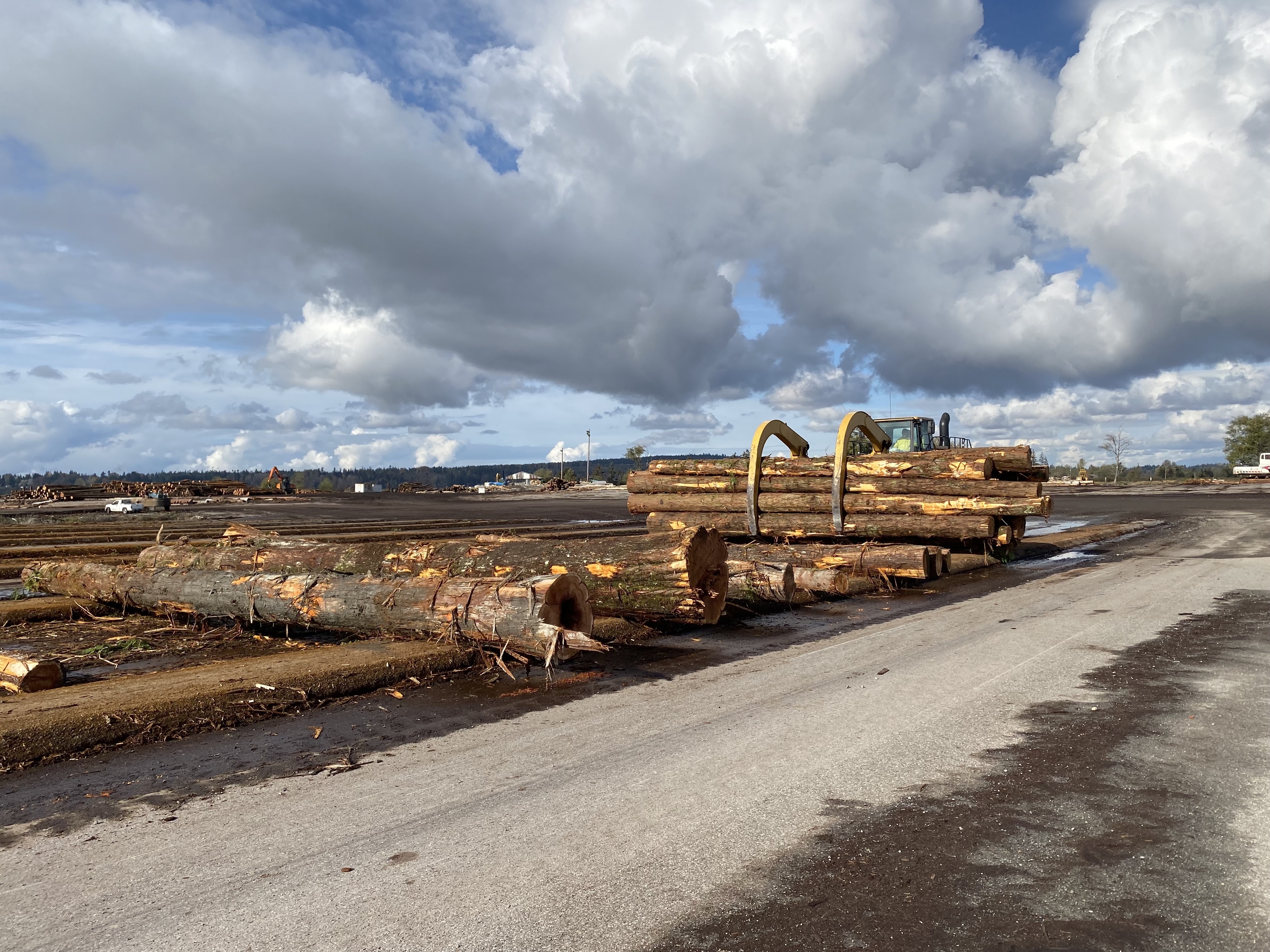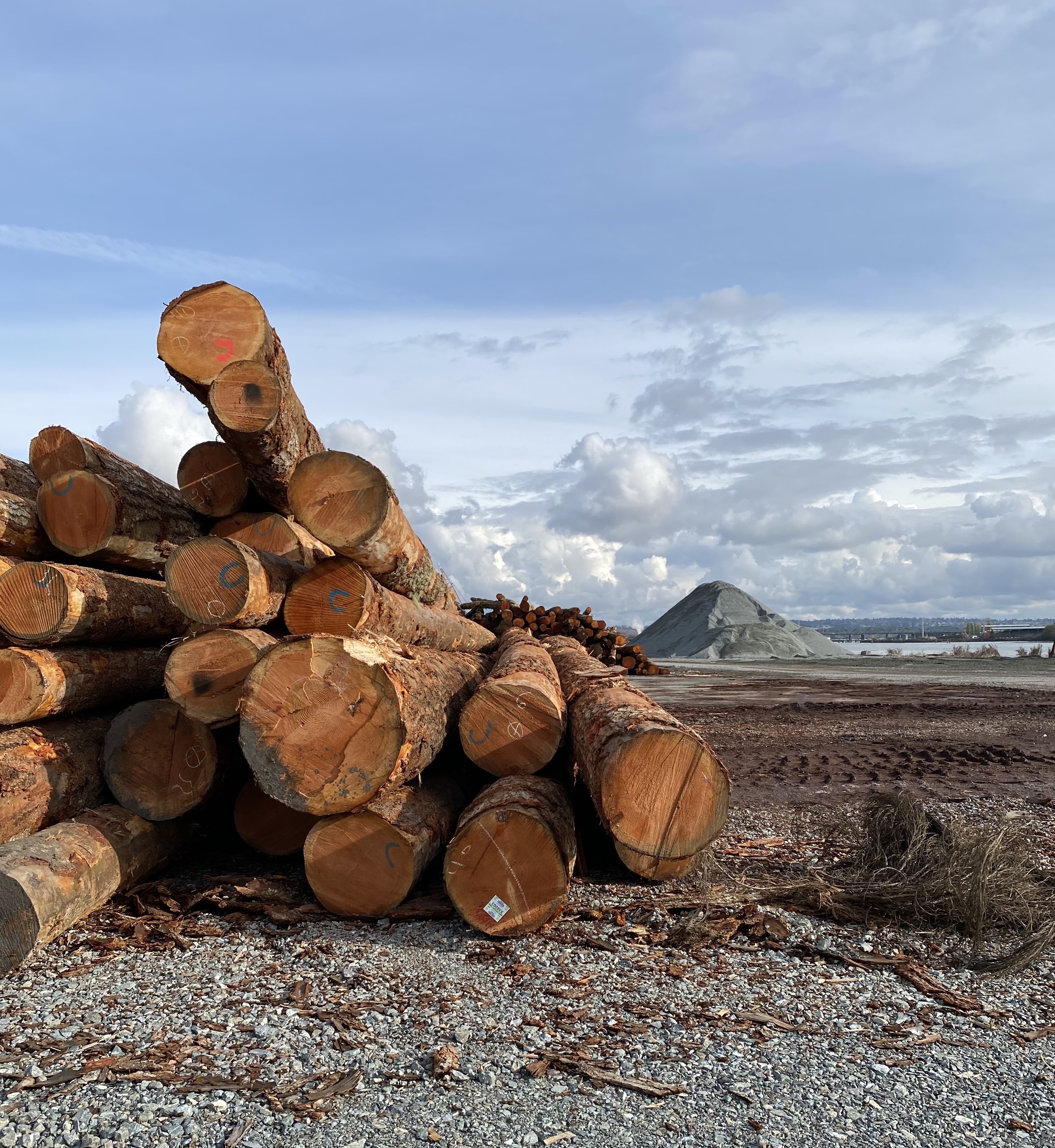Over the next decade, thinning operations in the American West are set to extract large volumes of small-diameter, low-value wood from overstocked forests. Currently, there is no valuable use for this wood. Usual practices involve stacking it into slash piles on site, then either leaving it to decompose or burning it. In either case, the carbon stored in the slash is lost to the atmosphere. The CC Lab proposes storage in ‘vault'-like structures to delay the carbon's decomposition.

Carbon Vaults
Carbon Vaults Estimates
The CC Lab partners with several collaborators to design and test several vault types. We are also evaluating sources of waste wood material and transportation options to storage locations, as well as developing monitoring, reporting, and verification protocols for wood storage and burial.
For above-ground storage, we will collaborate with developing industries to co-locate vaults with biomass gasification plants and mass timber manufacturing plants that plan to come online in the next 5 to 10 years.
Carbon Vaults Timeline
Carbon storage via waste wood storage and burial is a novel concept. The initial phase of our Carbon Vaults effort involves rigorous testing of wood storage under multiple storage scenarios.
We will determine and compare the carbon storage efficiency and economic feasibility of various approaches. Ultimately, we believe it will be possible to pair storage sites with ideal vault types.
Vaults will be deployed in collaboration with partners across the American West.
Carbon value of wood waste
We propose that value can be added to waste woody biomass slash by preserving the carbon it sequesters. Gathering and storing slash material in safe vaults, we can stave off decomposition and reduce the risk of the wood burning in a wildfire.
Vaults can be constructed for burial, where the wood is packed permanently underground in anaerobic conditions, or for above-ground storage, where wood is stockpiled in aerobic, dry conditions. This leaves the option to later access this above-ground vault to use the wood as a ready-made feedstock for carbon negative processes, such as gasification and carbon dioxide injection and storage.

Planning for future use
Advantages of wood burial include the ability to use existing infrastructure, such as open pit mines, which need to be filled for reclamation. This storage solution has the potential to be durable over human timescales. Above-ground wood storage, however, avoids disturbing soil carbon during burial and preserves stocks of low-value wood until technologies that can take advantage of it are more widely developed.

Risks & Risk Mitigation
High transport costs
The greatest risk for this project is the high cost to transport wood from dispersed sources to a single storage site. Transporting wet wood is significantly more time- and energy-intensive than leaving it in the forest. Logistics greatly impact project viability, even if the price of carbon is high. Our Lab is researching the most cost-effective methods and routes to move large amounts of woody biomass material.
Disturbing soil carbon
The carbon containment value of burying large volumes of wood may be offset partially or totally by the carbon released from the soils when excavating a storage pit. This is a significant risk, and methods will need to be developed to track soil carbon disturbance and release at all sites prior to vault construction.
Other sources of revenue
Currently, carbon credits are issued for projects that can demonstrate durable carbon storage. When above-ground storage of wood is designed so that wood can be accessed in 5-10 years, this storage is impermanent. Above-ground vaults will likely need alternative revenue sources to cover upfront costs.
Uncertain market development
Storing wood in above-ground vaults assumes the future development of industries which will support the economic value of the wood. Without agreements with future buyers, these projects may not have the markets needed to support their development.